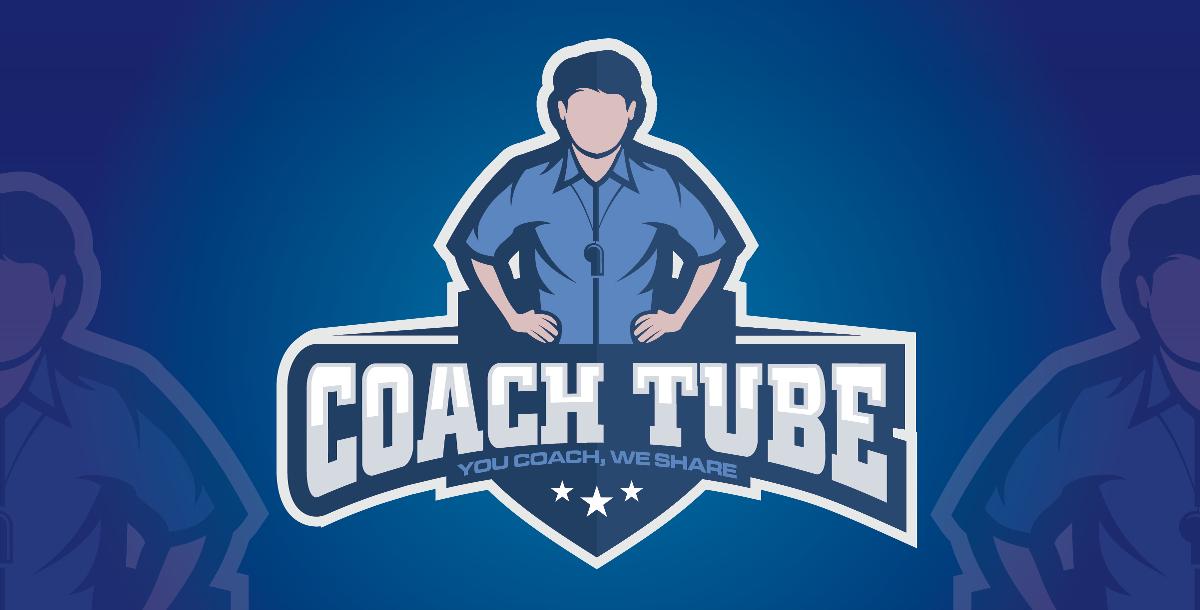Creating a Game-Like Environment
What does Game-like actually mean? First, it is creating a situation that occurs in a game. Many coaches get so caught up in the “Part-Whole” method of development trying to master small parts, that they lose sight of the importance of the context that actually makes a situation Game-like.
For example, is a 1v1 Game-like? The actual dodging and defending is realistic (kind of) but without the context of defenders trying to help stop a score and other offensive players working together to produce a score, it is not Game-like. Without sufficient context, an environment cannot be Game-like.
One key for coaches in creating Game-like Environments is finding the balance between context and reps. Of course a full field game would be the ultimate in context but there aren’t a lot of chances for players to touch the ball. On the other hand, wall ball can provide the ultimate in reps, but it lacks all context and therefore can’t make you better at playing the game. Each coach must dial up and down the context depending on the skill level and age of the team.
The important part of creating The Game-like Environment is to make it competitive and to have minimal interference from the coach. Lacrosse games are not controllable situations. Lacrosse games actually seem to spin out of control sometimes, they slip away from you (the coach) and when it comes down to it, the players must make the plays and execute the decisions in games mostly by themselves.
We must make our practices Game-like through both context and competition.
All coaches know very well that athletes love to compete, but too often coaches prefer repping drills because competitions are often messy creating the feeling the team could accomplish more in a drill where the coach can perfect the situation. Unfortunately, when we (as coaches) perfect the rep with our voices or our scripting, it is like Fool’s Gold.
How many times has your team successfully executed in practice, but failed to to do so in the game?
The Game-like Environment approach is simple: morph any drill into a game by creating a scoring system that rewards the winner and or has a consequence for the loser. In the Practice Drills/Games section below you will find many examples that will help you build your own Game-like Environments.
As the coach it is your responsibility to prepare and organize your team to be ready to compete. You must also develop your players. Nothing will help your team improve more than your players continuing to improve! Last, but not least is, the importance of providing a great experience for your players. Would your players come to practice every day if it was voluntary?
The JM3 Team Development Model will allow you to achieve the goal of developing your players, developing your team, and providing an incredible experience in an incredibly efficient, effective and rewarding way!
1
2
3
4
5
6
7
8
9
10
11
12
13
14
15
16
17
18
19
20
21
Lesson 22:
Creating a Game-Like Environment
23
24
25
26
27
28
29
30
31
32
33
34
35
36
37
38
39
40
41
42
43
44
45
46
47
48
49
50
51
52
53
54
55
56
57
58
59
60
61
62
63
64
65
66
67
68
69
70
71
72
73
74
75
76
77
78
79
80
81
82
83
84
85
86
87
88
89
90
91
92
93
94
95
96
97
98
99
100
101
102
103
104
105
106
107
108
109
110
111
112
113
114
115
116
117
118
119
120
121
122
123
124
125
126
127
128
129
130
131
132
133
134
135
136
137
138
139
140
141
142
143
144
145
146
147
148
149
150
151
152
153
154
155
156
157
158
159
160
161
162
163
164
165
166
167
168
169
170
171
172
173
174
175
176
177
178
179
180
181
182
183
184
185
186
187
188
189
190
191
192
193
194
195
196
197
198
199
200
201
202
203
204
205
206
207
208
209
210
211
212
213
214
215
216
217
218
219
220
221
222
223
224
225
226
227
228
229
230
231
232

